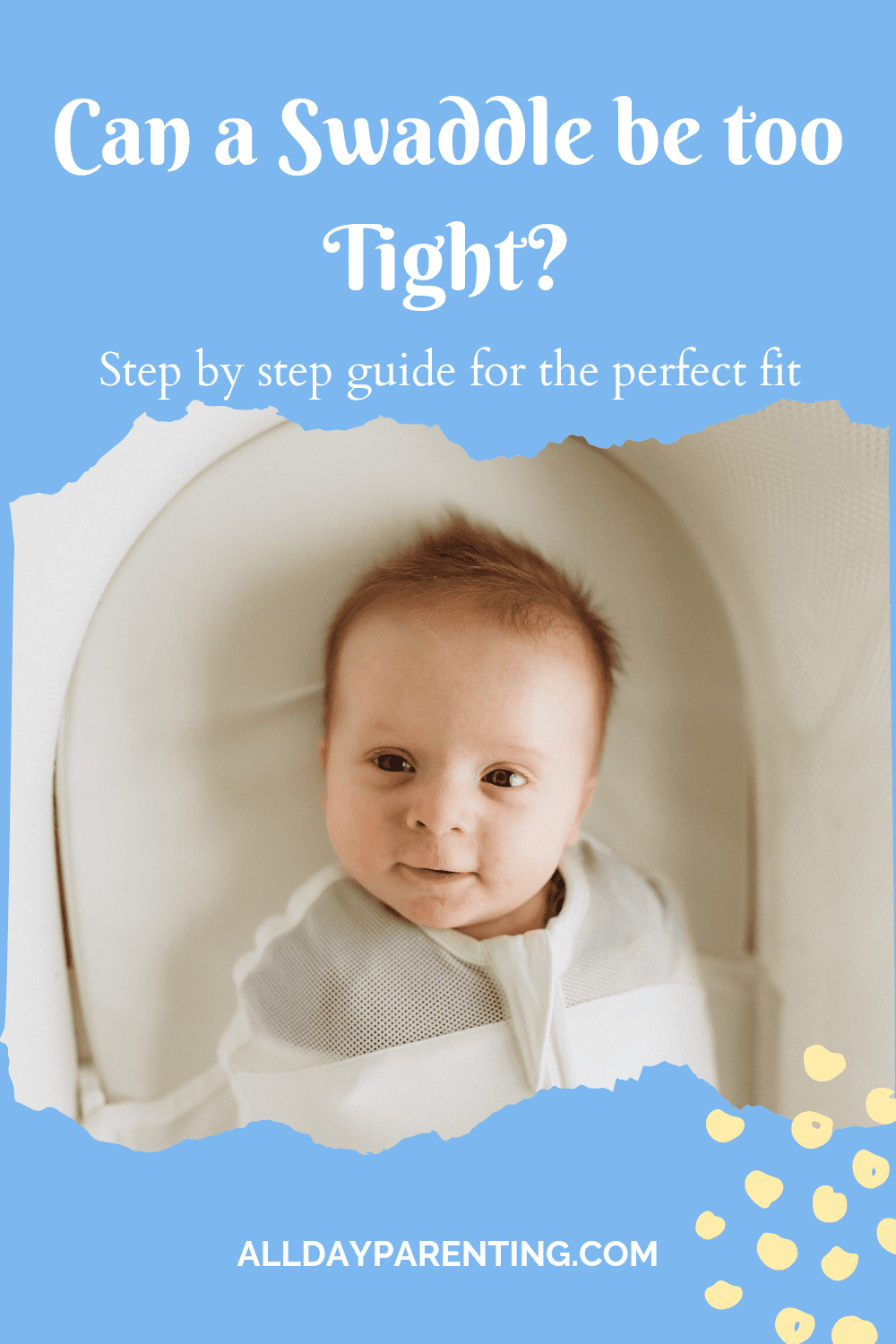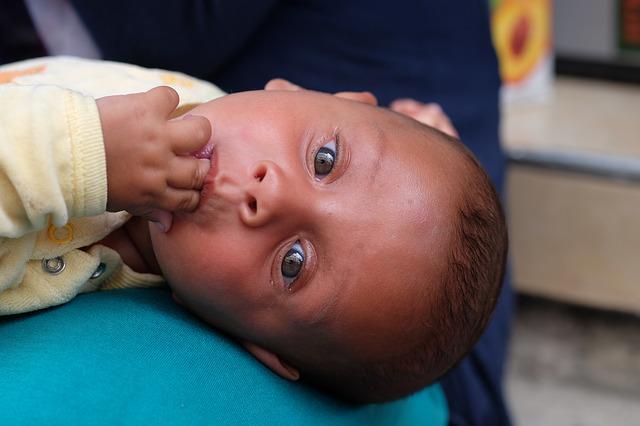Can a Swaddle Be Too Tight? How to Safely Wrap Them up
Anytime you see a newborn in media, there’s a big chance you see them wrapped up in a blanket. It’s no coincidence that movies, TV shows, video games, and even greeting cards depict babies in layers of sheets. Not only is it a universal symbol of infanthood, but swaddling is also beneficial for babies.
Swaddling is a practice that can be traced back to 4,000 BC. It has been passed down from generation to generation. Today, roughly 90% of American infants are swaddled during their first week outside the womb. Meanwhile, 1 out of 5 infants in the UK is also bundled during their first week of life.
Swaddling comes with its positives. However, incorrectly wrapping your infant can, at best, leave them uncomfortable and, at worst, injure them. So how do you safely swaddle your infant?
Why Do Parents Swaddle Their Babies?
A baby wrapped up in a blanket like a burrito looks undeniably adorable. But aesthetics aren’t the only reasons why parents bundle their tots.
Swaddling can help an infant feel safe and secure, almost like they never left their womb. Swaddling is also an effective way of soothing a crying baby. If done correctly, swaddling suppresses a baby’s Moro or startle reflexes. In short, swaddling calms your infant and helps them fall asleep faster and for longer.
What are the Risks of Swaddling?
Although swaddling does have many benefits, it still comes with a couple of risks, especially if done incorrectly. Incorrect swaddling can lead to discomfort and accidents.
A mistake parents make when swaddling for the first time is either making their wrap too loose or too tight. Another mistake is using too many layers, which can lead to overheating.
Researchers have also found a connection between swaddling and sudden infant death syndrome (SIDS). Infants have the potential to roll on their side or stomach while they’re bundled up. Not sleeping on their back can significantly increase their chances of SIDS.
Can a Swaddle Be Too Tight?
A tight swaddle can cause problems for an infant. While you want to make your infant feel snug in their blanket, you don’t want them to be too snug.
A tight swaddle can restrict airflow and cause respiratory problems. Likewise, binding their legs too tightly can lead to hip dysplasia, which leads to weak and underdeveloped hip joints.
The good news is that you can check whether you wrapped your baby too tightly. You can practice the “two-finger test” by placing two fingers between your infant’s chest and the blanket. If your fingers have room to move, your swaddle fits just right.
Step by Step Swaddling
Swaddling takes only a few steps, and any parent, new or old, can learn how to do it. All you will need is a soft and breathable blanket and your child.
- First, find a flat surface where you can spread your blanket. It should look like a diamond. Take the top corner of the blanket and fold it.
- Next, lay your baby on top of the blanket. Make sure that the folded top corner is above their head and neck.
- Take the right corner and wrap it over your infant. Tuck the right corner under their body.
- Then, bring the bottom corner up to cover your infant’s feet. Remember to leave some space for their legs.
- Finally, take the left corner and wrap it over your infant. Don’t forget to tuck that corner too.
Swaddling is super easy and quick! With a bit of practice, you can swaddle your baby even with your eyes closed. If you’re still struggling with how to wrap your baby, you can watch this video by NYU Langone Medical Center experts.
You can also swaddle your infant with their arms outside their blanket. The steps are just the same. The only difference is that you leave some extra room in the top corner and don’t tuck your infant’s arms inside the blanket.
Make sure your baby’s head and neck are not covered by the blanket. You should keep your swaddled baby inside their crib, not on your bed. And make sure they don’t roll over while asleep or awake.
Conclusion
Humans have been swaddling infants for as long as we remember. For new parents, swaddling can be an intimidating new task because of the risks attached to it. But with practice and care, you’ll be swaddling infants with a hand behind your back in no time!













